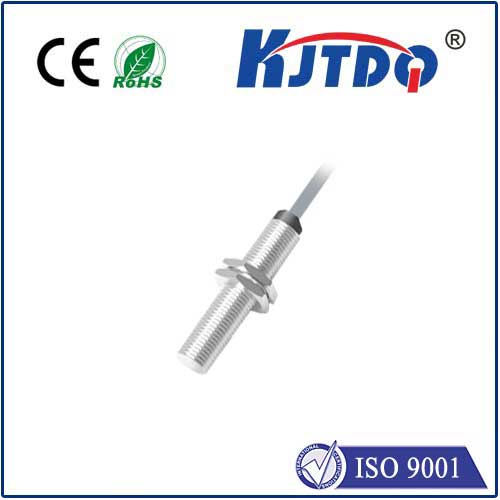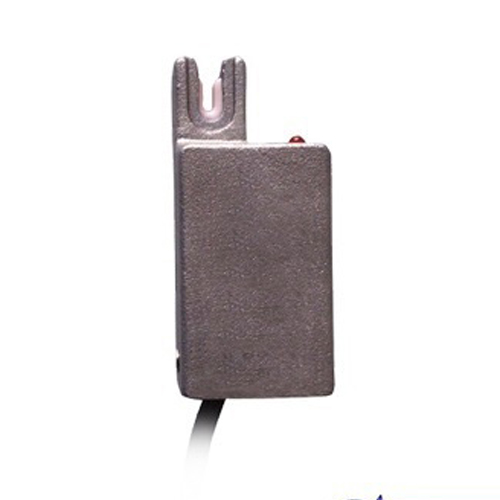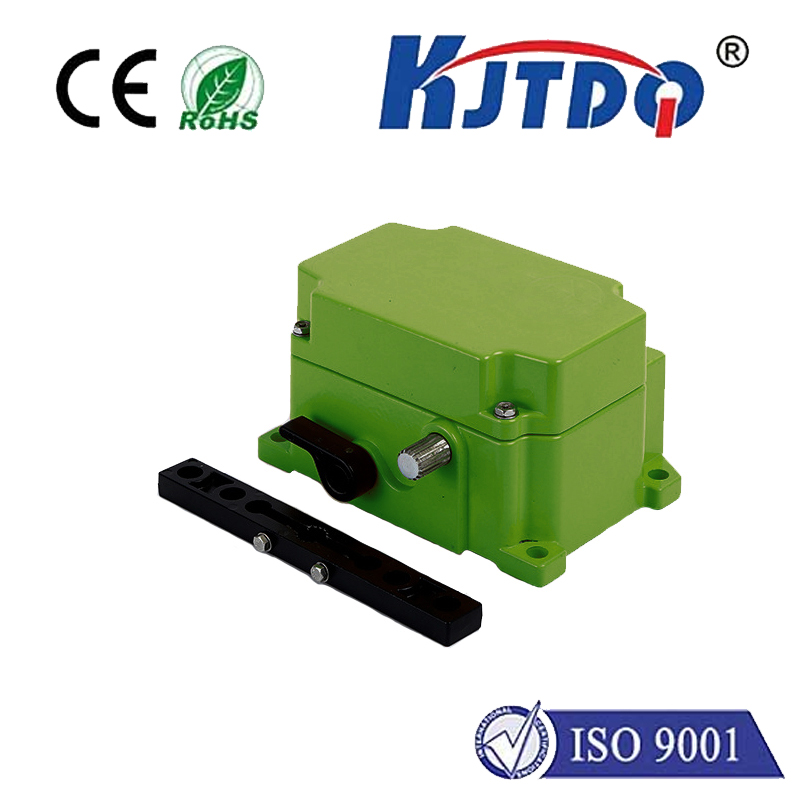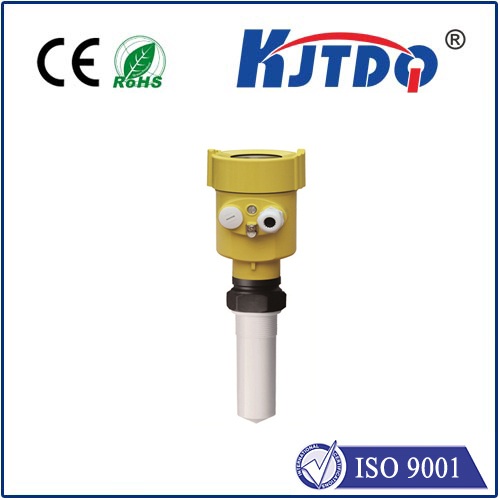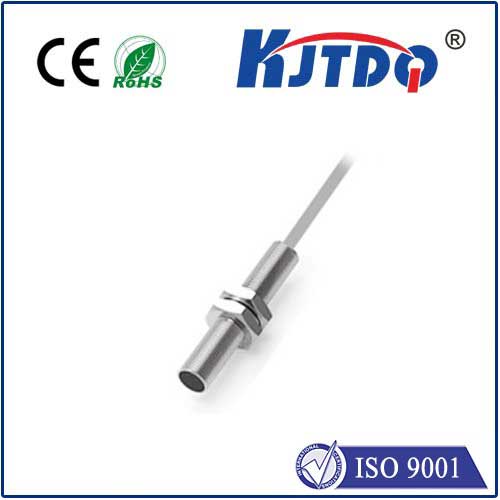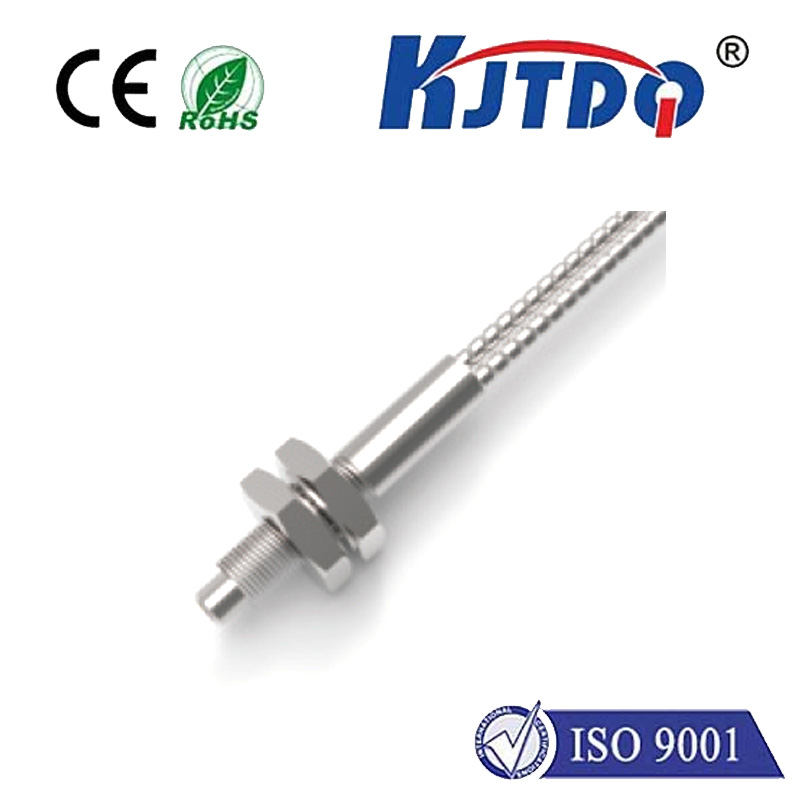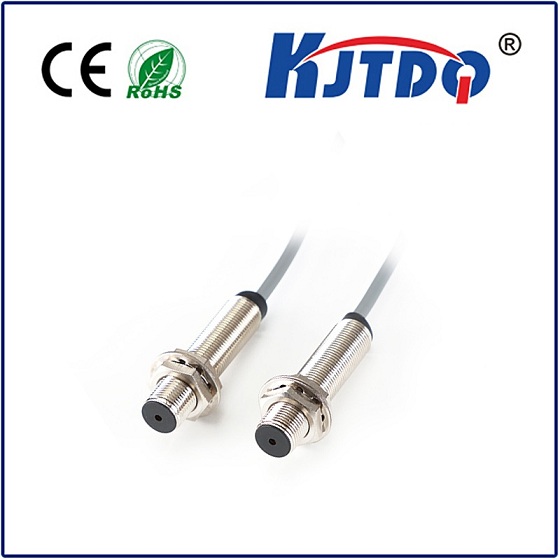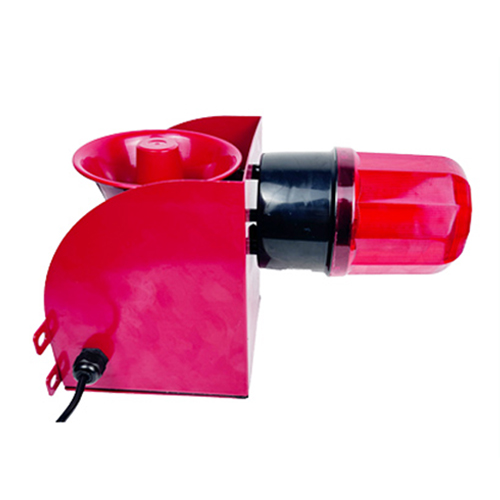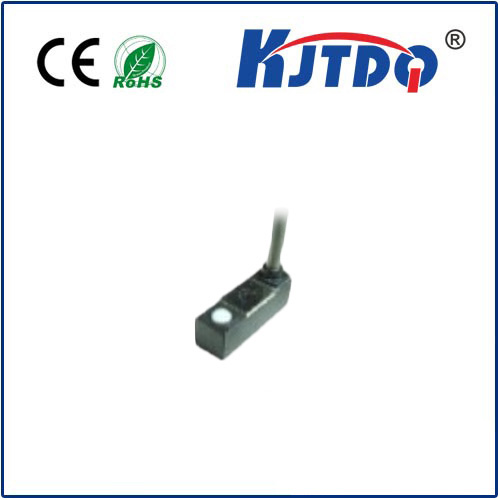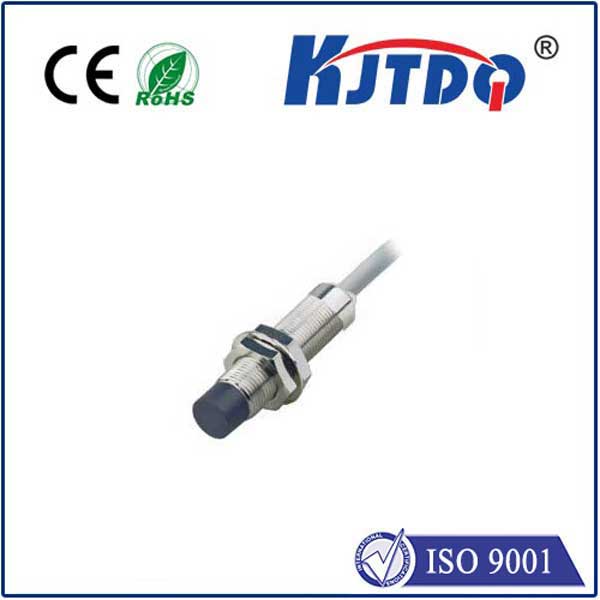optical diffuse sensor
- time:2025-07-25 01:52:14
- Click:0
Unseen Sentinels: How Optical Diffuse Sensors Master Everyday Detection
We walk past them countless times a day, blissfully unaware. That automatic sink faucet that senses our hands? The paper towel dispenser that springs to life? The complex machinery on a factory floor humming safely? Often, the unsung hero enabling this seamless interaction, this safety, this efficiency, is a remarkably versatile device: the optical diffuse sensor. Far from being simple gadgets, these sensors represent a sophisticated interplay of light and reflection, offering robust detection solutions in environments where other technologies falter. Understanding how they work unlocks appreciation for their widespread utility.
Demystifying the Principle: Light, Reflection, and Smart Interpretation
At its core, the fundamental operation of an optical diffuse sensor is elegantly straightforward. It consists of two key components housed within a single unit: a light emitter (typically an LED – Light Emitting Diode – often infrared or visible red for common applications, though other wavelengths exist) and a light receiver (usually a photodiode or phototransistor). Unlike through-beam sensors requiring a separate transmitter and receiver, or retro-reflective sensors relying on a reflector, diffuse sensors are entirely self-contained. Here’s the clever part:
- Emission: The sensor constantly emits a beam of light from its integrated emitter directly towards the potential target area.
- Interaction (Diffusion): When no target object is present within the effective sensing range, the emitted light travels into the distance and scatters (diffuses) with minimal intensity returning directly back to the sensor’s receiver.
- Detection: When a suitable target object enters the sensor’s field of view, the emitted light beam strikes its surface. Crucially, the sensor relies on the object itself to diffusely reflect a portion of this light back towards the receiver. The nature of “diffuse reflection” means the light scatters in many directions, including back towards the source.
- Reception and Evaluation: The sensor’s receiver detects this reflected light. The integrated electronics constantly monitor the intensity of the received signal. When the reflected intensity surpasses a predefined threshold (indicating an object is present), the sensor triggers its output signal (switching it ON or OFF, depending on configuration).
Why Choose Optical Diffuse? Key Advantages in a Crowded Field

The diffuse reflective principle bestows several significant benefits, making these sensors indispensable across countless applications:
- Simplified Installation: The single-unit design eliminates the complex alignment headaches associated with through-beam setups or the need to install and maintain reflectors like retro-reflective sensors require. Mounting is generally quick and straightforward.
- Robustness Against Target Variability: Optical diffuse sensors are remarkably tolerant of different target colors, surface finishes, and materials (within reason). While highly reflective surfaces might offer longer range and matte/darker surfaces shorter range, the basic principle of detecting any significant change in reflected light generally holds. This versatility is a huge practical advantage.
- Compact Form Factor: Integrating both emitter and receiver into one housing allows for very compact designs, enabling installation in tight spaces where other sensor types wouldn’t physically fit.
- Cost-Effectiveness: Generally, diffuse sensors are simpler and more economical to manufacture and deploy than multi-component systems like through-beam sensors.
- Non-Contact Sensing: Like other optical sensors, they detect objects without any physical touch, eliminating wear and tear on both the sensor and the target, and allowing detection of delicate items.
Where the Light Leads: Ubiquitous Applications
The unique blend of simplicity, robustness, and cost efficiency ensures optical diffuse sensors find a home everywhere:
- Industrial Automation: The backbone of countless detection tasks – verifying part presence on assembly lines, monitoring fill levels in bins and hoppers (often with specific background suppression variants), detecting labels or packaging, ensuring proper component positioning, and counting objects on conveyors. Their reliability is critical for manufacturing efficiency and quality control.
- Packaging Machinery: Detecting cartons, bottles, lids, labels, and films throughout the packaging process with high speed and precision, ensuring smooth operation and minimizing jams.
- Material Handling: Monitoring the presence of pallets, totes, or boxes on conveyors, detecting jams, and triggering sorting mechanisms. They are vital for warehouse and logistics automation.
- Consumer Convenience & Hygiene: The hidden force behind touchless faucets, soap and paper towel dispensers, automatic hand dryers, and toilet flushes. This touch-free operation enhances hygiene and user experience.
- Security Systems: Used in simple intruder detection setups or tamper detection on enclosures/cabinets.
- Printing & Paper Handling: Verifying paper presence in printers and copiers, detecting paper jams, and monitoring roll diameter.
- Robotics: Providing basic proximity feedback or part presence detection for robotic arms and guided vehicles (AGVs/AMRs).
Choosing the Right Diffuse Sensor: Considerations for Optimal Performance
While versatile, selecting the optimal optical diffuse sensor requires careful consideration:
- Sensing Range: How far away does the target need to be detected? Range varies significantly between models and is heavily influenced by the target’s size, color, and reflectivity. Consult datasheets carefully.
- Target Properties: Size, color, material, and surface finish (glossy vs. matte) dramatically impact performance. Dark, matte surfaces reflect less light, reducing effective range compared to light, glossy surfaces. Some sensors offer specialized background suppression to ignore distant objects or specific background colors.
- Environmental Conditions: Will the sensor face dust, moisture, steam, ambient light interference, or temperature extremes? Look for appropriate IP (Ingress Protection) ratings, robust housings (metal or high-grade plastic), and models designed with ambient light immunity. Environmental resilience is crucial for reliability.
- Output Type: PNP (sourcing), NPN (sinking), or analog output (e.g., 4-20mA, 0-10V)? The choice depends on your control system requirements.
- Response Time: How quickly must the sensor react to the target? Critical for high-speed applications like high-volume manufacturing or bottling lines.
- Light Source: IR offers better ambient light immunity and invisibility; visible red can aid in alignment during setup. Specialized lasers enable very precise small target detection.
Beyond the Basics: Pushing the Boundaries
Optical diffuse sensor technology continues to evolve. Advanced models feature:
- Background Suppression (BGS): Uses triangulation principles to evaluate the angle of the reflected light, allowing the sensor to only detect objects within a specific, confined “zone” and ignore objects further away, even if highly reflective. Revolutionary for precise position detection.
- Foreground Suppression (FGS): Focuses detection on objects beyond a certain minimum distance, ignoring objects very close to the sensor face.
- Laser-Based Diffuse Sensors: Utilize laser diodes for extremely small spot sizes, enabling detection of minute objects or precise edge detection at longer ranges. Essential for high-precision automation tasks.
- Enhanced Ambient Light Immunity: Sophisticated modulation techniques filter out constant ambient light sources (like sunlight or workshop lights) to ensure reliable detection even in challenging lighting conditions. Crucial for outdoor applications or brightly lit factories.
From the mundane touchless tap to the heart of complex robotic assembly, optical diffuse sensors are the quiet workhorses of detection. Their principle is a testament to elegant engineering: using the simple






